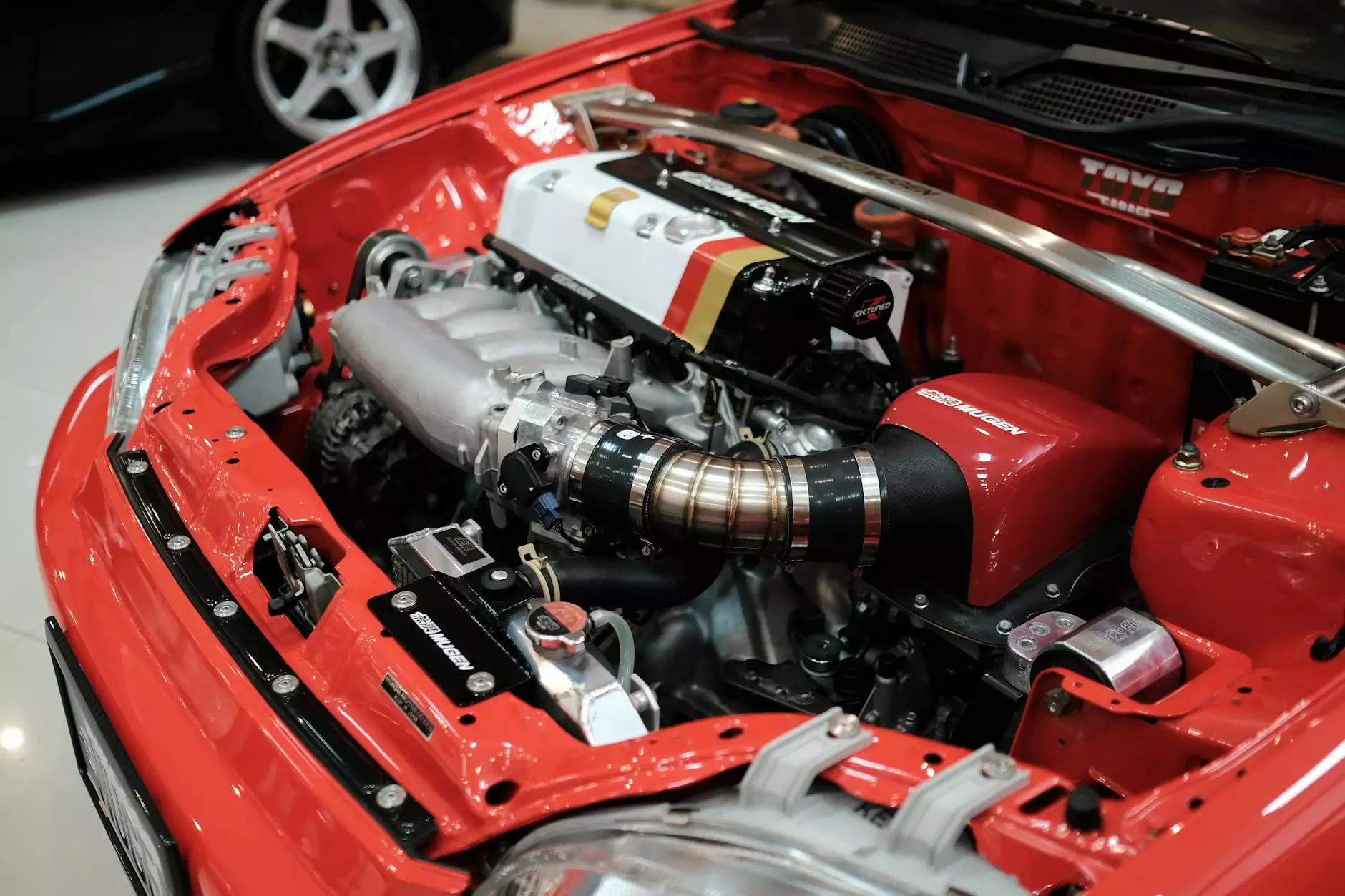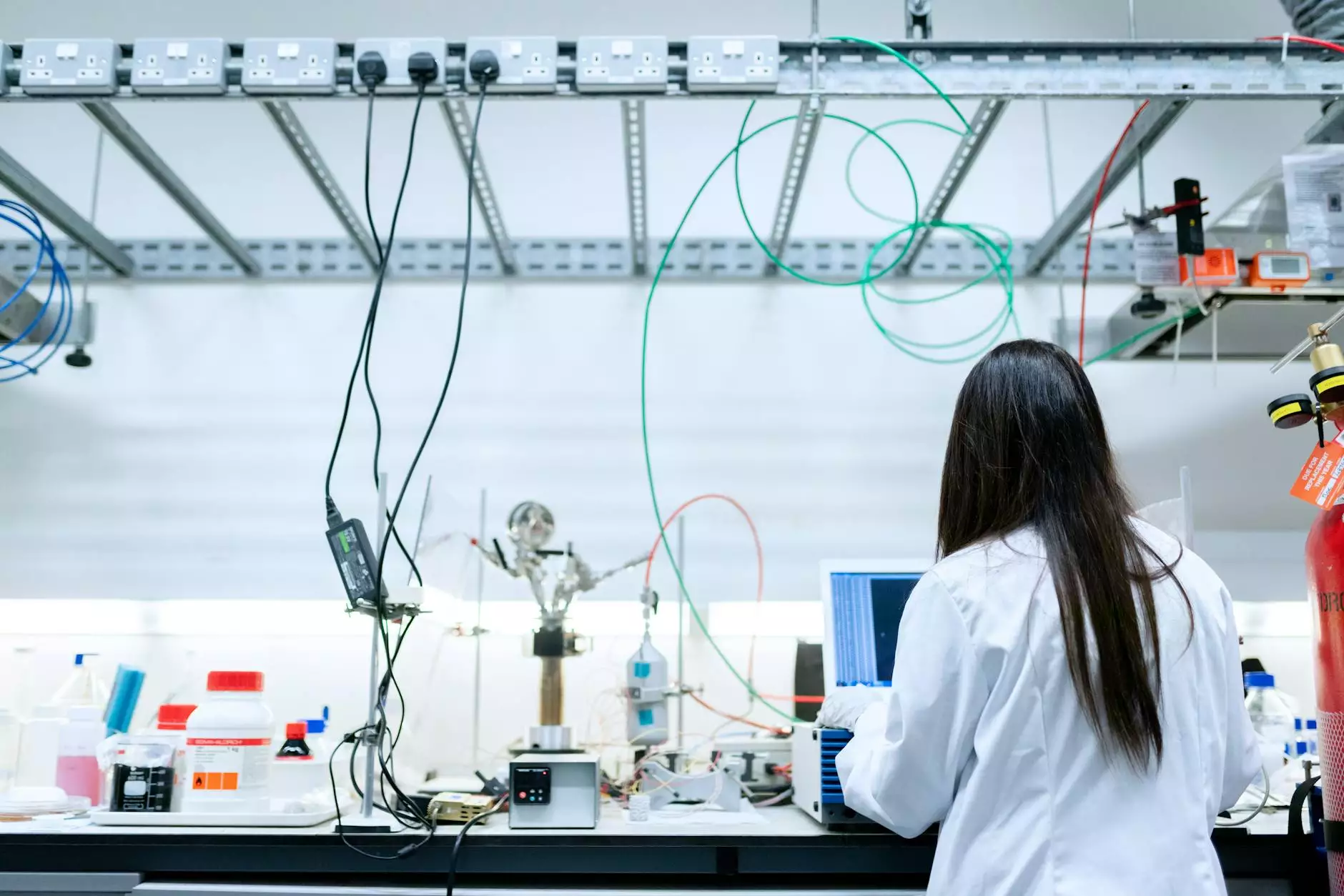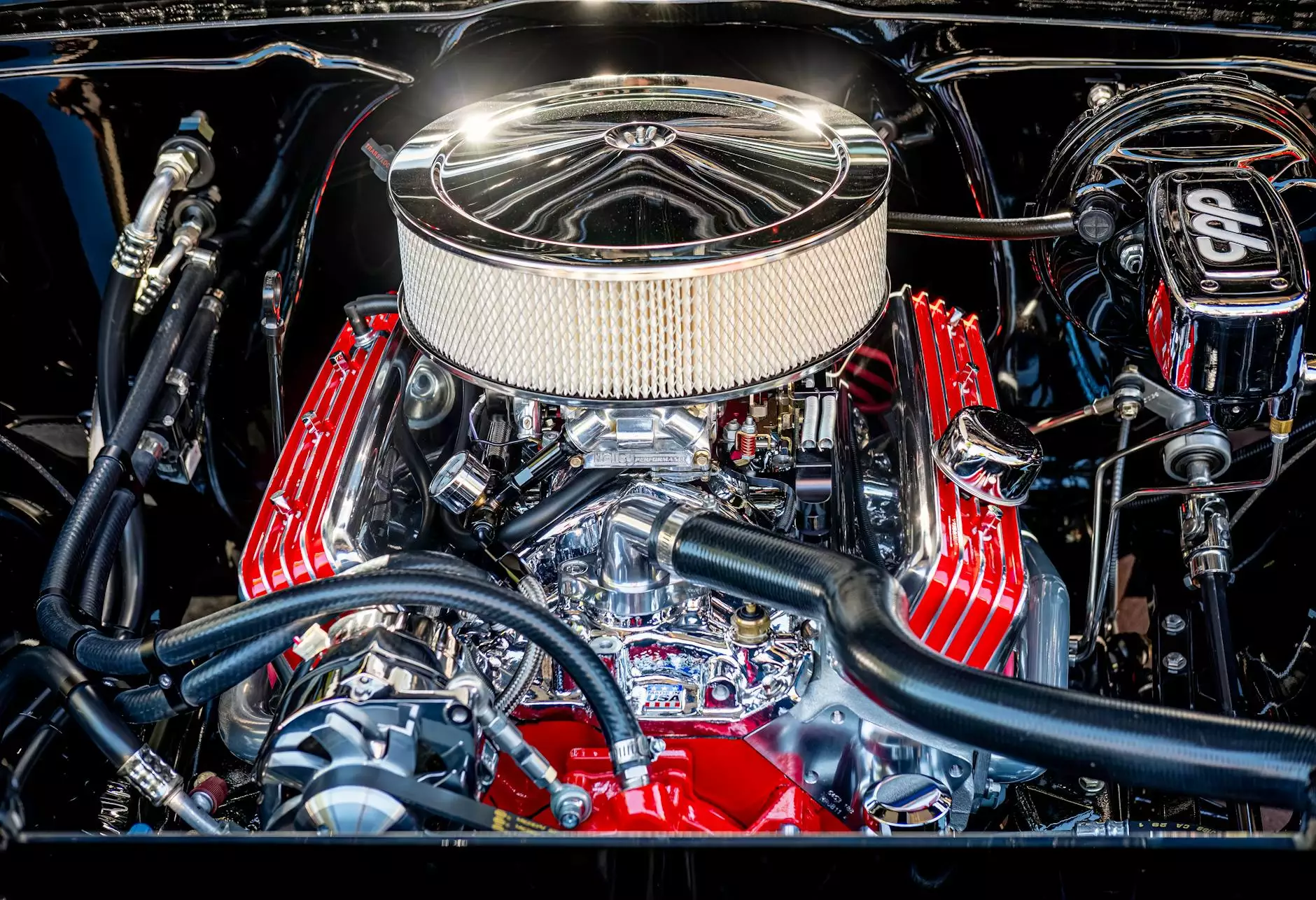The Comprehensive Guide to Transmission Rebuild Kits

In the world of automotive repair, understanding the intricacies of your vehicle's transmission is essential. Whether you're a professional mechanic or a car enthusiast, having a solid grasp of transmission components and their functionality significantly impacts performance, longevity, and repair costs. One of the most vital elements in this domain is the transmission rebuild kit.
What is a Transmission Rebuild Kit?
A transmission rebuild kit is a collection of components and parts that are necessary for the overhaul of your vehicle's transmission system. This kit typically includes various gaskets, seals, clutches, bands, and other critical parts designed to restore your transmission to its optimal working condition.
Key Components of a Transmission Rebuild Kit
Understanding what a transmission rebuild kit contains can help you appreciate its importance in vehicle maintenance and performance. Here are the primary components typically found in such kits:
- Gaskets: Essential for sealing the various components of the transmission and preventing fluid leaks.
- Seals: These help to maintain fluid pressure within the system and ensure smooth operation.
- Clutches: Vital for engaging and disengaging power flow in automatic transmissions.
- Bands: These secure the clutches while they are engaged and help in controlling the gear ratio.
- Springs: Assist with pressure and control within the system, integral for shifting gears smoothly.
- Filters: Ensure that the transmission fluid is clean, which is crucial for the longevity of the transmission.
- Fluid: High-quality transmission fluid is essential to lubricate and cool the components, preventing overheating.
Why Choose a Rebuild Instead of Replacement?
Many vehicle owners face the decision of whether to rebuild or replace their transmission when problems arise. Opting for a transmission rebuild kit provides several significant advantages:
1. Cost-Effectiveness
Rebuilding a transmission with the help of a kit is often much cheaper than replacing the entire transmission. A complete replacement can cost thousands of dollars, while a rebuild typically ranges from hundreds to a few thousand, depending on the vehicle and extent of damage.
2. Customization
Rebuilding allows for customization and upgrading of components. This is especially beneficial for automotive enthusiasts who wish to enhance performance or reliability.
3. Environmental Benefits
Recycling and refurbishing existing parts is often better for the environment than producing new transmissions, reducing waste and resource consumption.
How to Choose the Right Transmission Rebuild Kit
Selecting the right transmission rebuild kit is crucial for successful repair. Consider the following factors:
- Compatibility: Ensure the kit is designed specifically for your vehicle's make, model, and year.
- Quality of Parts: Look for kits that use high-quality materials for better durability and performance.
- Brand Reputation: Stick to reputable brands that have positive customer reviews to ensure reliability.
- Availability of Technical Support: Choose manufacturers that provide comprehensive customer support and installation help.
How to Install a Transmission Rebuild Kit
While installing a transmission rebuild kit can be a daunting task, with the right tools and patience, it can be accomplished. Here’s a step-by-step guide:
Step 1: Gather Your Tools
You'll need a set of automotive tools, including wrenches, screwdrivers, pliers, and a torque wrench. An automotive lift or jack stands are necessary for safely elevating the vehicle.
Step 2: Drain the Transmission Fluid
Before disassembling anything, ensure that you drain the existing transmission fluid to avoid spills and contamination.
Step 3: Remove the Transmission
Carefully detach the transmission from the engine, taking care to label parts and wires for reassembly.
Step 4: Disassemble the Transmission
Once the transmission is removed, you can start disassembling it carefully. Take pictures as you work to aid with reassembly.
Step 5: Replace Worn Components
Inspect each component for wear and replace any parts included in the transmission rebuild kit.
Step 6: Reassemble and Reinstall
Reassemble the transmission and reinstall it while ensuring all connections and bolts are securely fastened.
Maintenance Tips After Installation
Once you have successfully installed the transmission rebuild kit, it's essential to follow up with proper maintenance to ensure the transmission functions well:
- Regular Fluid Changes: Change the transmission fluid according to the manufacturer's specifications to keep the system clean.
- Monitor Fluid Levels: Regularly check the transmission fluid level and top up if necessary.
- Listen for Unusual Sounds: Be alert to any strange noises or shifting problems that can indicate issues.
- Address Problems Promptly: Don’t delay if you experience any transmission issues; prompt attention can prevent further damage.
Conclusion
In conclusion, investing in a high-quality transmission rebuild kit is not only a cost-effective solution for vehicle maintenance but also contributes to improved vehicle performance and longevity. By understanding the components, advantages, and installation process, you can make informed decisions that benefit your vehicle and your wallet. At Shenghai Auto Parts, we offer a variety of transmission rebuild kits suited for different vehicle makes and models, ensuring you find the perfect match for your automotive needs.









